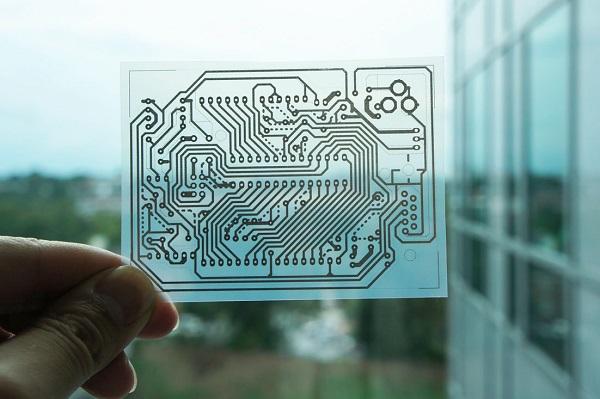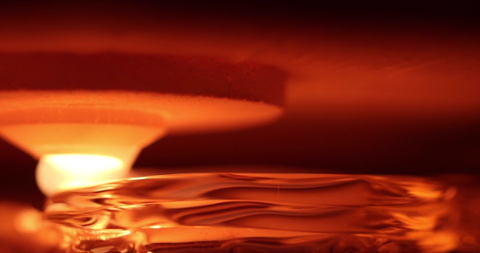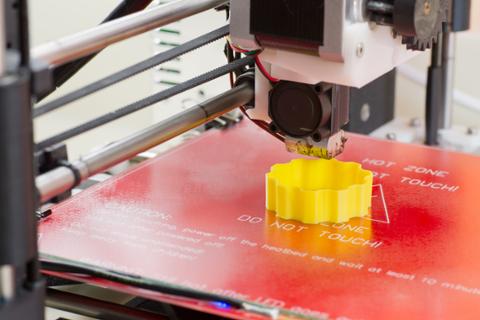Researchers have demonstrated a technique that produces inexpensive, functional electrical circuits that can be printed using about $300 worth of materials and equipment, including generic inkjet printers. The technique, developed by researchers from Georgia Tech, the University of Tokyo and Microsoft Research, allows circuits to be printed onto irregularly-shaped materials or almost anything able to go through the paper feed on a printer designed for consumers. The chief advantage of the technique is the ability to print circuits using silver nanoparticle ink rather than relying on the thermal-bonding technique called sintering, which is time-consuming and can destroy delicate base materials. Researchers were able to print new circuits in about 60 seconds on almost any material that could go through the printer, though resin-covered paper, PET film and glossy photo paper worked best, while sheets of canvas cloth and anything magnetic were ineffective. Once printed using silver ink on flexible base material, the circuits can be attached to existing hardware by simply laying or taping them in place and making connections using conductive tape or conductive glue. (Soldering would destroy the underlying material.) Initial reports of the technique, which the team demonstrated at a meeting of the Association for Computing Machinery in Zurich Sept. 10, described the result as a "paper computer," though the best researchers could do was print a WiFi antenna, circuits for an LED and a 3D-printed flashlight. They also produced circuits containing microprocessors and memory-chip connectors that could potentially become components of an actual device, but the printing, ink and materials are still far too basic to allow that, according to Matt Johnson of conductive-ink manufacturer Bare Conductive, who was quoted in a New Scientist story about the demonstration. As a demonstration, the research team printed circuits designed to allow capacitive-touch sensing in smartphone screens onto a capacitive ribbon, which they attached to a drinking glass. The ribbon, connected to a micro-controller, was able to track and report on the level of liquid remaining in the glass. The most common use for "instant inkjet circuits" is likely to come from circuit- or electronics designers, datacenter maintenance staff or other technicians who need to design or recreate circuits quickly and cheaply as temporary replacements or to quickly produce and test prototypes of new circuits, according to Gregory Abowd, professor of Interactive Computing at Georgia Tech in the statement announcing publication of a paper describing the technique. "We believe there is an opportunity to introduce a new approach to the rapid prototyping of fully custom-printed circuits," Abowd wrote. "Unlike existing methods for printing conductive patterns, conductivity in our technique emerges within a few seconds and without the need for special equipment." Hobbyists could also use the setup – which cost about $300 – to produce calculators, thermostat controls or other electronics as well, Abowd said. In addition, it could be used in classrooms to teach students the design and manufacture of basic electronics far more cheaply than producing them using traditional materials, according to team member Steve Hodges of Microsoft Research. Circuits can be designed using any application that can draw the connections, or using a photocopy of a circuit drawing. The technique is described in detail in "Instant inkjet circuits: lab-based inkjet printing to support rapid prototyping of UbiComp devices," which was published in a recent issue of the Proceedings of the Association for Computing Machinery's 2013 conference on ubiquitous computing. Image: Georgia Tech/Univ. Tokyo/Microsoft Research



